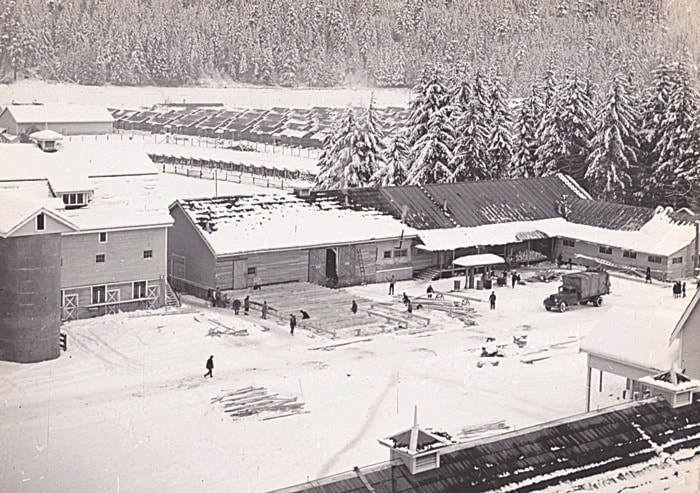Bridging the Past is the theme for the upcoming 2012 Hope History Conference.
This year will focus on past events that have resulted from conflicts related to language, faith and culture.
Christ Church National Historic Site, The Hope Museum, Free Rein Associates and the Seventh Day Adventist Church, with the support of Embrace BC, will be presenting a weekend of speakers and tours examining events that helped to shape the community, and the province.
They include:
n The Great Indian Gathering in Hope, which saw hundreds of First Nations people travel many miles to say goodbye to two men of God. Many people place early missionary work as the beginning of assimilation, but at the time it was considered welcome assistance within a rapidly changing world that brought a constant onslaught from outside cultures.
n The Fraser Canyon War witnessed mass terror and headless bodies floating down the Fraser River. The reason things came to a head were varied, but the blame has often been placed on a pick.
Gold Mountain explores the mix of cultures, and the corresponding clashes as people from all over the world merged on the banks of the Fraser River. The most notable were the local First Nations, the Chinese, and the Americans. Each culture brought their own beliefs, practices and attitudes – and in the heated quest for gold relations became strained.
n Residential Schools existed in B.C. well into the 1970s. Some were rooted in early missionary schools, and others through government regulation. The goal was assimilation, but the schools brought both good and evil to the First Nations people.
n The tale of Devil’s Lake expresses the reality of the Chinese workers on the Canadian Pacific Railway. The CPR was an opportunity for Chinese workers but upon completion of the railway they found themselves in hostile territory when they flooded an already tapped job market.
n Tashme, and other Japanese-Canadian internment camps in the Second World War were the result of government regulation, brought on by mass fear and hysteria following the bombing of Pearl Harbour.
n The Sons of Freedom marched into the Town of Hope and set up camp for an extended stay. They were marching for their freedom, for the right to educate their children, and to free members from Mountain Institute in Agassiz, which was established to hold the Doukhobors.
These events will be explored within the context that they occurred by speakers who are specialized in their field of study.
The history conference runs March 2-4 at Christ Church Anglican & National Historic Site. Registration forms are available at the Hope Visitor Centre & Museum Complex and Hope Library. Register before Feb. 15 for the early bird rate.
For more information, contact the Hope Museum 604-869-7322.
